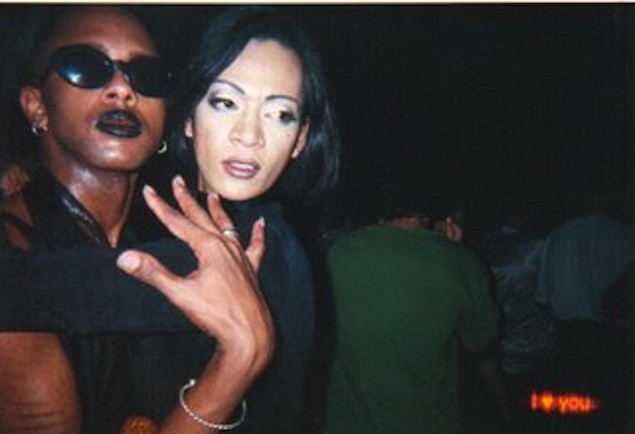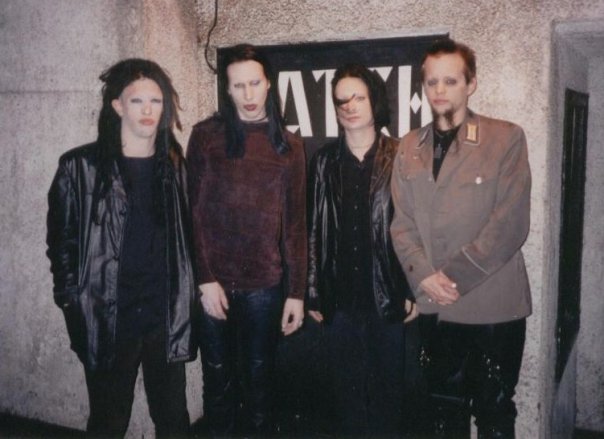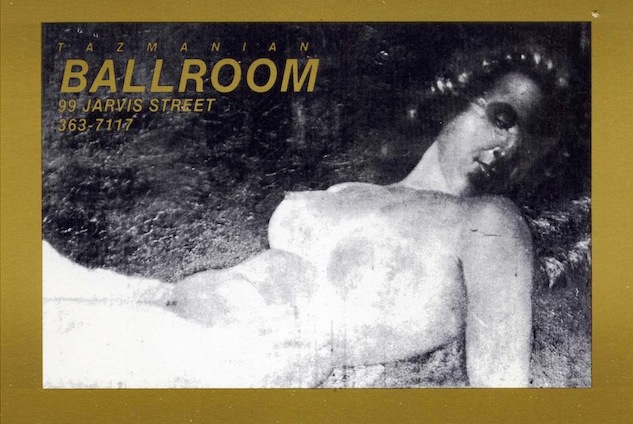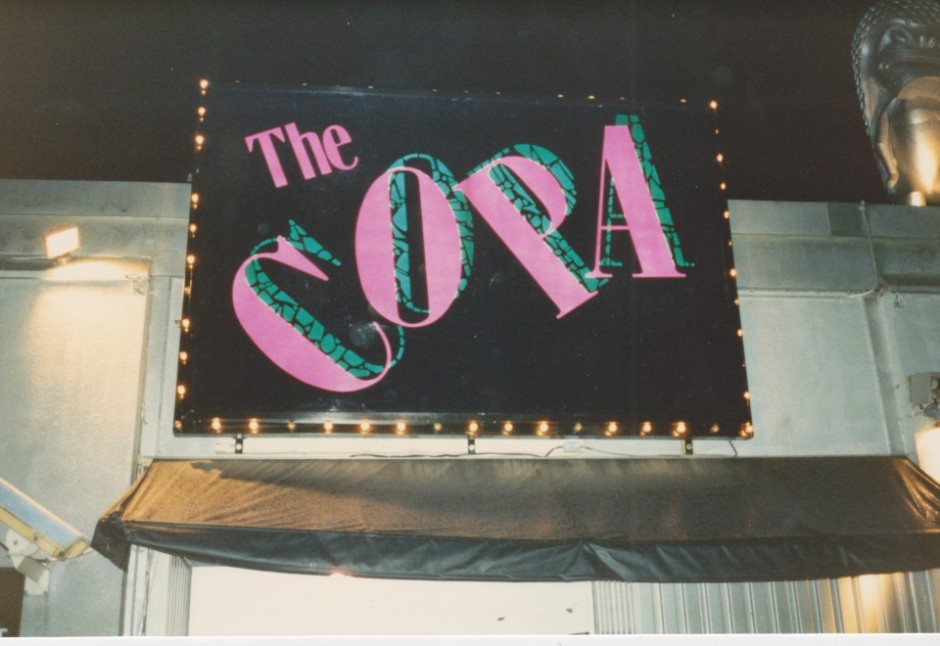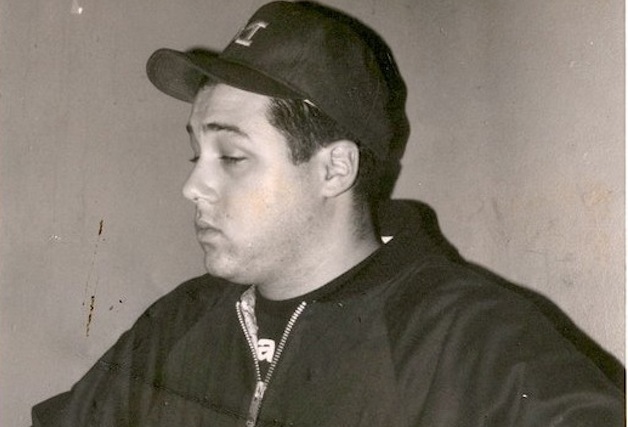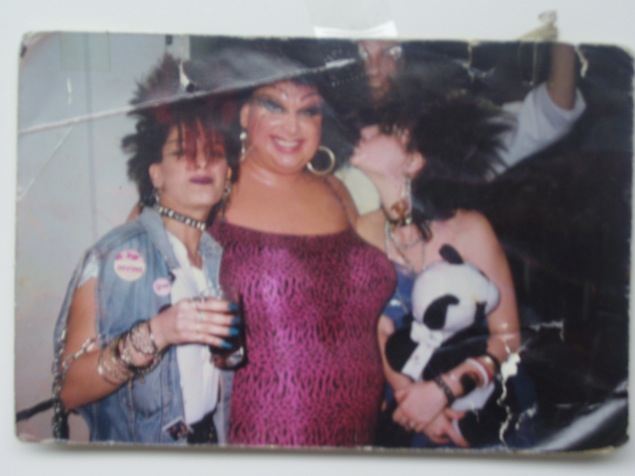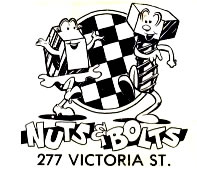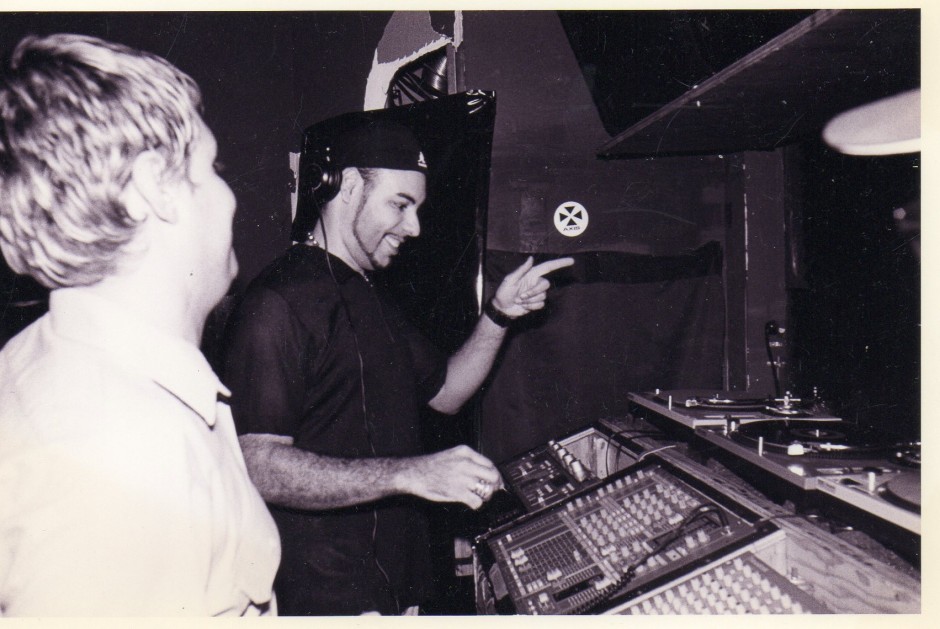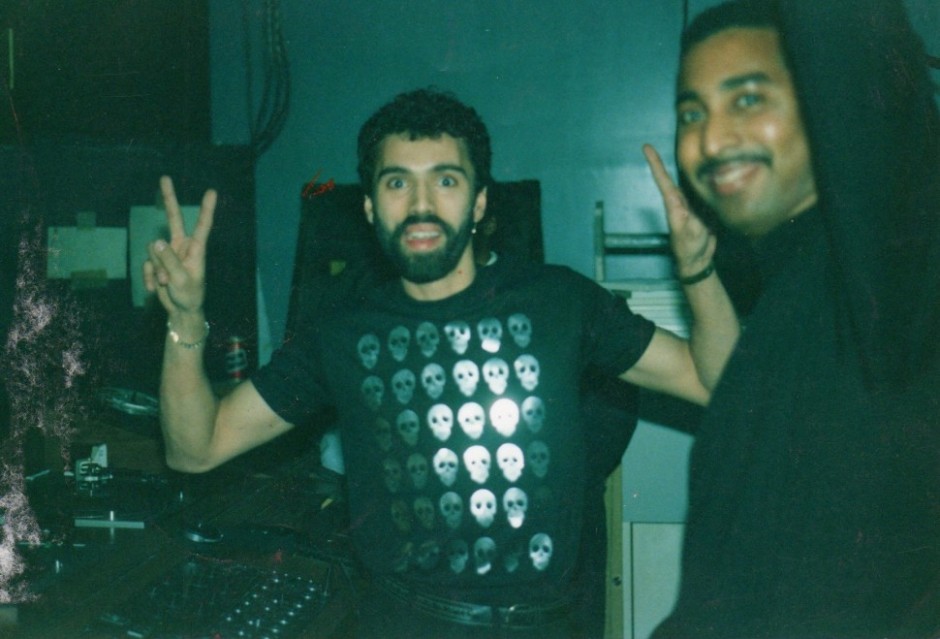Resident JOY diva and host Rommel (right). Photo courtesy of John Wulff.
Article originally published June 7, 2012 by The Grid online (TheGridTO.com).
In this edition of her nightclub-history series, Denise Benson revisits the most sexcess-ful, celeb-studded gay house club of the ‘90s.
BY: DENISE BENSON
Club: JOY, 16 Phipps
Years of operation: 1995-1997
History: The rapidly changing streets surrounding Toronto’s Yonge and St. Joseph intersection were once a mecca for adventurous late-night dancers. Some of the hub’s gay and after-hours history was explored in earlier Then & Now pieces about influential 1980s venues Voodoo and Club Z; now, we return during the ’90s, before the area was transformed by the massive condo development we see today.
The tiny Phipps Street is tucked in just north of Wellesley and south of St. Joseph, running east-west from St. Nicholas to Bay. In the mid-’70s, while big gay dance club The Manatee drew crowds to 11A St. Joseph, Club David’s brought gay revelers south down the alley, to 16 Phipps, where a gold rendition of Michelangelo’s David presided over the dancefloor. In the ’80s, David was out and mirrors were in as the building became new gay club Le Mystique.
Although it later housed a variety of warehouse parties, early raves and other one-off events, the building still featured some of Mystique’s décor when John Wulff and silent partners went to view 16 Phipps early in March of 1995. The former storehouse, complete with its old loading dock and a small tunnel that connected it to 11A St. Joseph (it’s thought a conveyor belt once ran between the two), was in rough shape.

